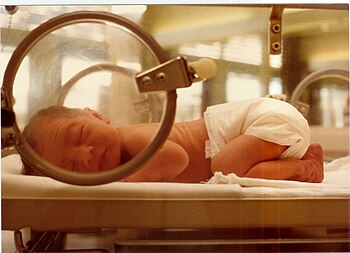 |
| Size comparison between the carnosaurian theropod dinosaur Allosaurus and a human (Photo credit: Wikipedia) |
 |
| Model of allosaurus in Bałtow, Poland (Photo credit: Wikipedia) |
 |
| English: Allosaurus (Photo credit: Wikipedia) |
Allosaurus, a smaller cousin of Tyrannosaurus rex, was a dexterous hunter that tugged at prey like a modern-day falcon, showing far more refined table manners than T. rex, researchers are reporting.
“While T. rex was like an angry gorilla with an ice pick, Allosaurus was like a surgeon with a scalpel,” said Eric Snively, a mechanical engineer at Ohio University and an author of a new study on the smaller dinosaur, published in the journal Palaeontologia Electronica, based on 150-million-year-old bones. Using a CT scanner and a method called multibody dynamics, developed originally for robotics, the researchers modeled Allosaurus’s neck and jaw muscles and simulated its muscle movement.
“The skull is loaded with scars where muscles attach, and we were able to reconstruct the dinosaur by making comparison to modern day birds,” said another author, Lawrence M.Witmer, a paleontologist at Ohio.
Though more than six meters long and twice as heavy as a polar bear, Allosaurus probably drove its teeth downward into its prey. Like such small falcons as the American kestrel, it held its head steady and then pulled flesh up; T.rex, by contrast, used more of a side-to-side thrashing action.
Taken from TODAY Saturday Edition, June 15, 2013














